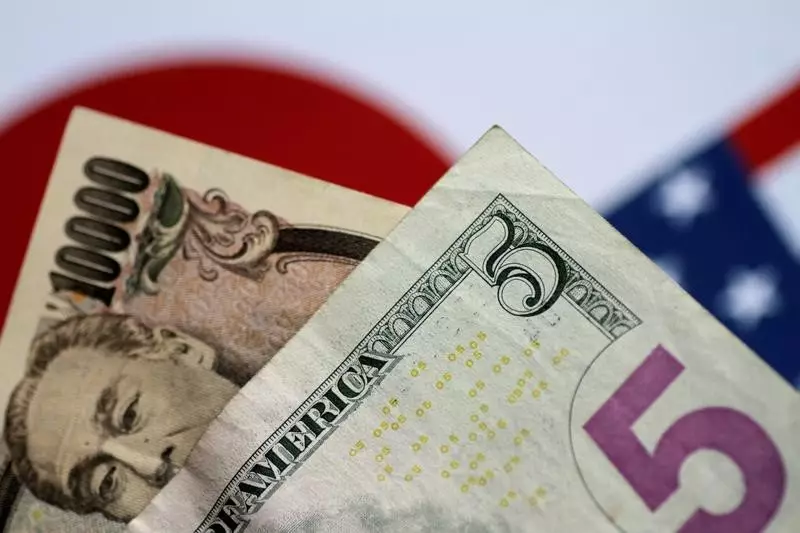The Asian currencies saw firmness on Thursday as expectations of interest rate cuts by the Federal Reserve increased, leading to a dent in the dollar. Despite the gains in Asian currencies, the overall sentiment was cautious due to the minutes of the Fed’s June meeting, which hinted at potential hawkish signals. Traders remained watchful of the fragile yen and potential government intervention in the market.
The Japanese yen found some relief from the weakness in the dollar, with the USDJPY pair falling 0.2% after nearing the 162 level on the previous day. The pair was trading above 160, a level that had triggered government intervention in May. With Japanese officials reiterating their commitment to defending the yen, traders were on high alert for any potential intervention in the coming days, especially during low trading volumes expected during the U.S. market holiday.
Fed Rate Cut Speculations
The dollar index and dollar index futures both saw a decline in Asian trade on Thursday, following softer-than-expected ADP employment data and weak purchasing managers index reading on non-manufacturing activity. The data fueled expectations of a cooling U.S. economy, prompting traders to bet on an earlier interest rate cut by the Fed. Traders ramped up predictions of a 25 basis point cut in September, with the CME Fedwatch tool showing a 66% chance of a rate cut, up from the previous day.
Despite the growing expectations of a rate cut, the minutes of the Fed’s June meeting revealed that policymakers were not fully convinced that inflation had decreased enough to warrant rate cuts. Some officials still believed that higher interest rates were necessary to control inflation. In fact, Chair Jerome Powell and other Fed officials emphasized that although progress had been made in combating inflation, the bank remained hesitant to lower rates.
Asian Currencies Respond to Dollar Weakness
Despite the uncertainties surrounding the Fed’s interest rate decisions, most Asian currencies made gains against the softer dollar. The Australian dollar’s AUDUSD pair rose by 0.2% despite weaker-than-expected trade balance data, while the Chinese yuan’s USDCNY pair remained flat near seven-month highs as confidence in the Chinese economy waned. On the other hand, the South Korean won’s USDKRW pair fell by 0.4%, and the Singapore dollar’s USDSGD pair declined by 0.1%.
The Asian currencies responded positively to the weakened dollar and growing expectations of a Fed rate cut, despite the uncertainty surrounding the central bank’s decisions. Traders will continue to monitor economic data releases and any further clues from Fed officials to navigate the volatile currency markets in the coming days.

